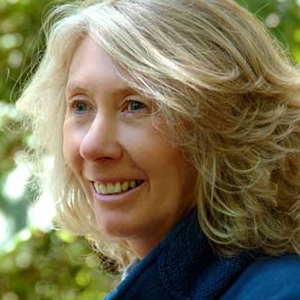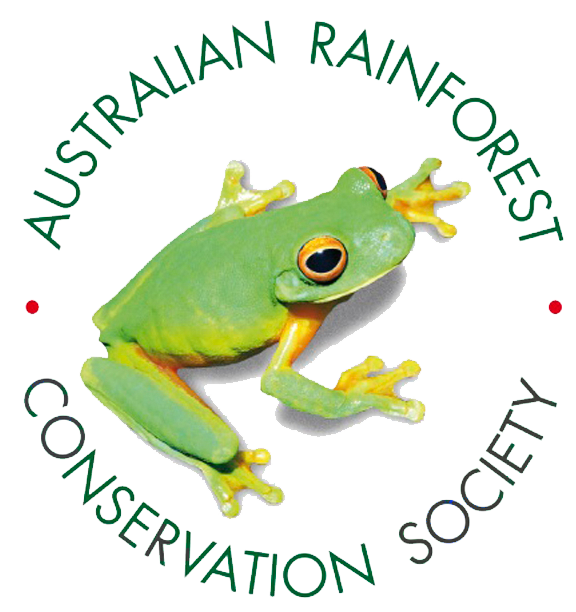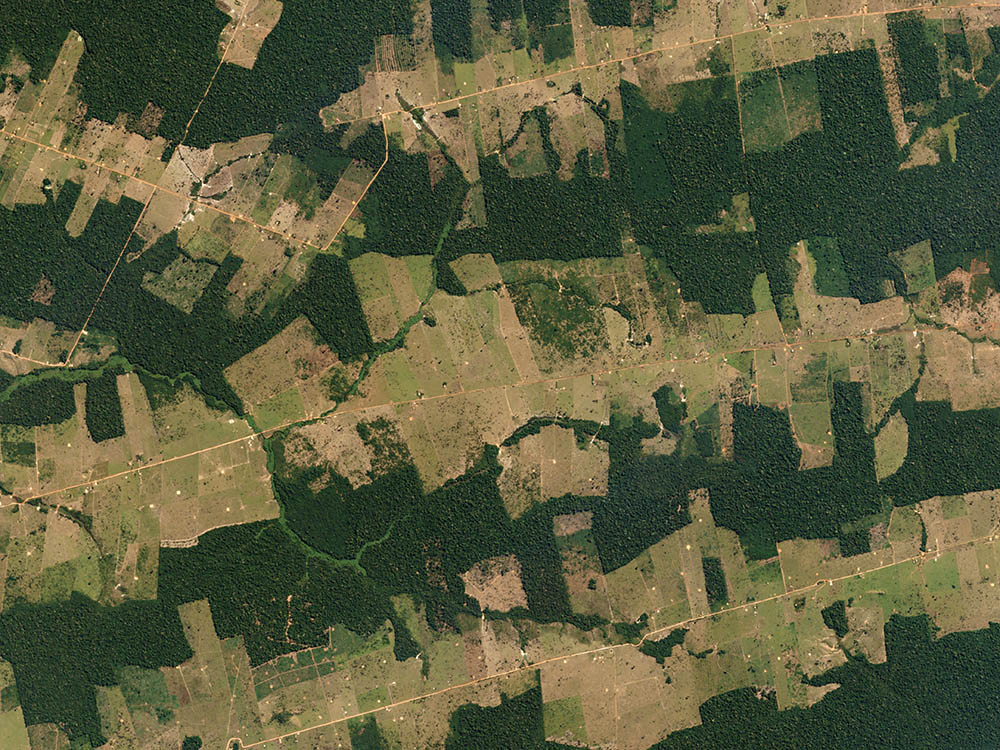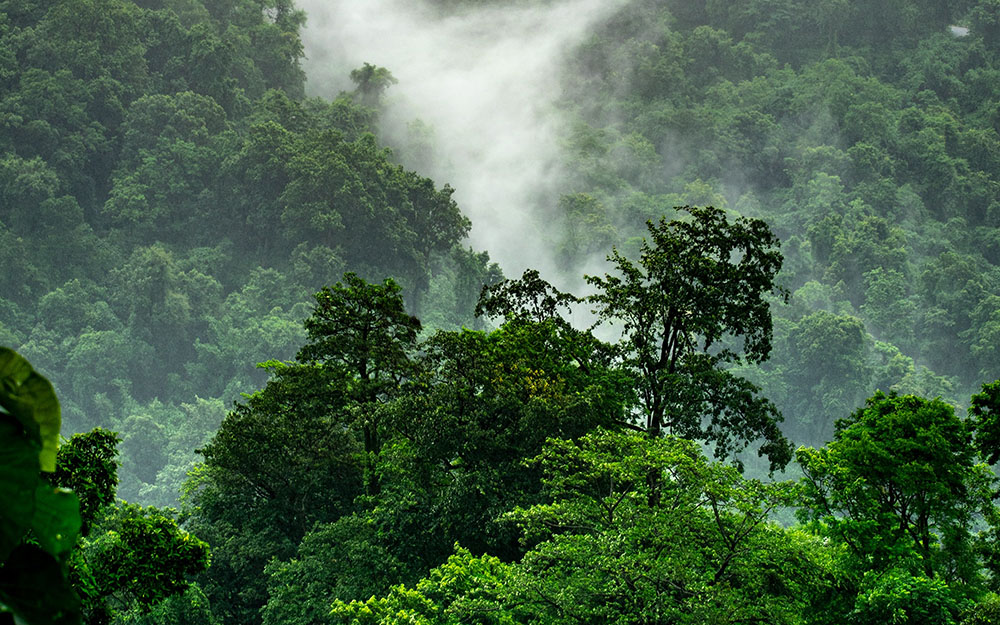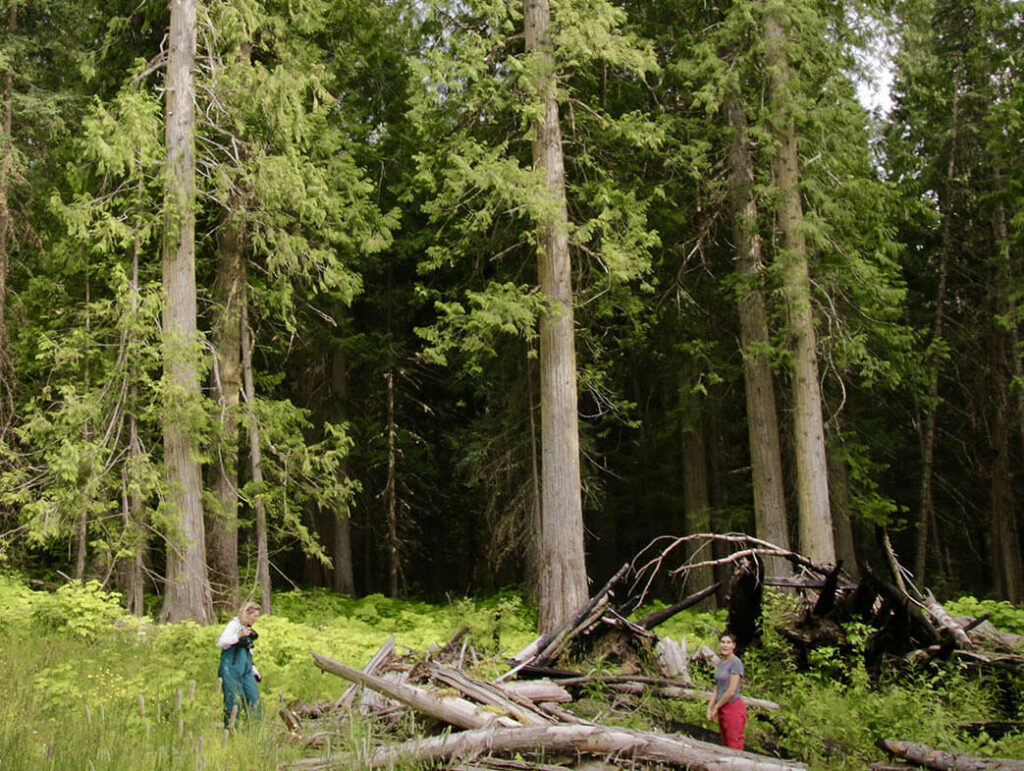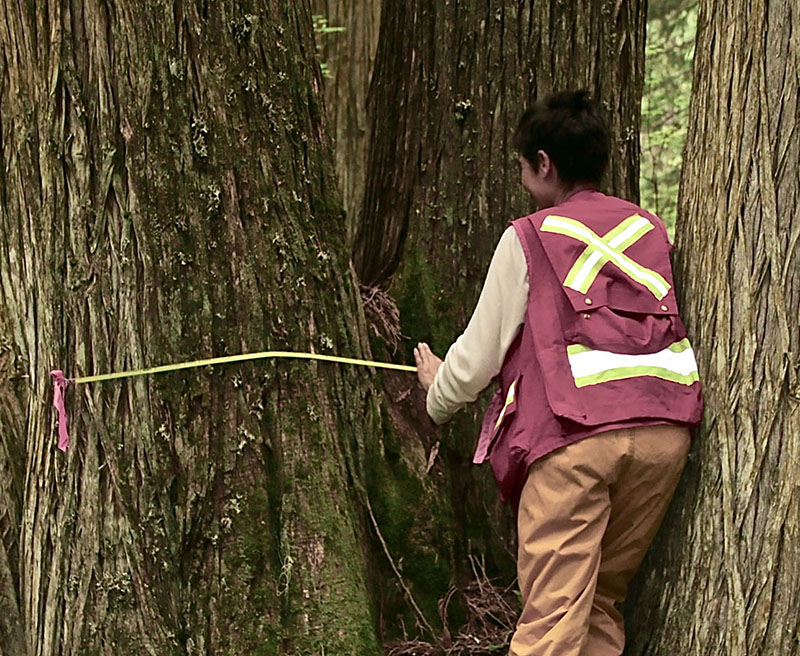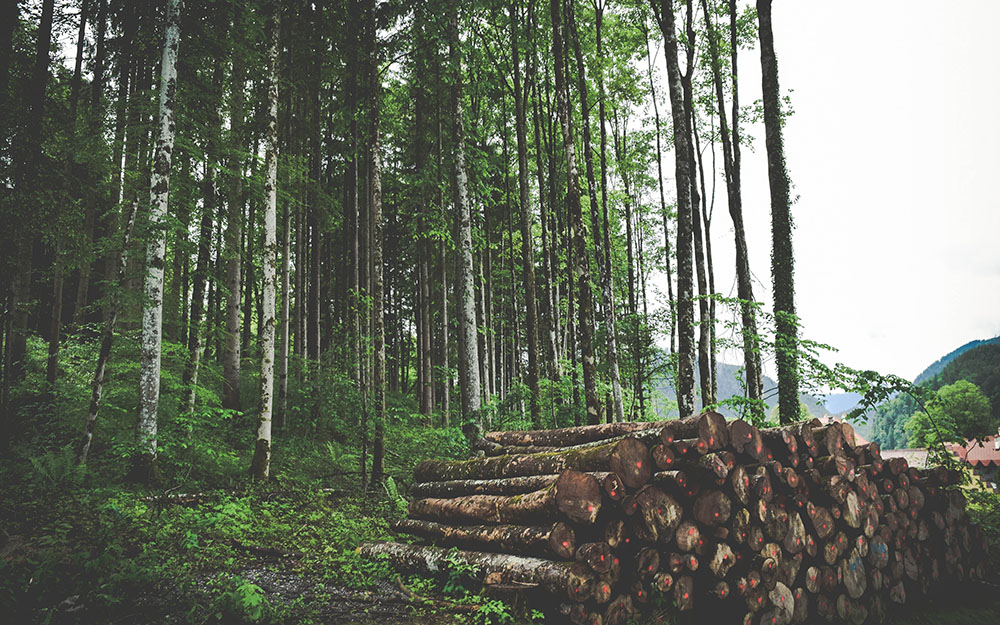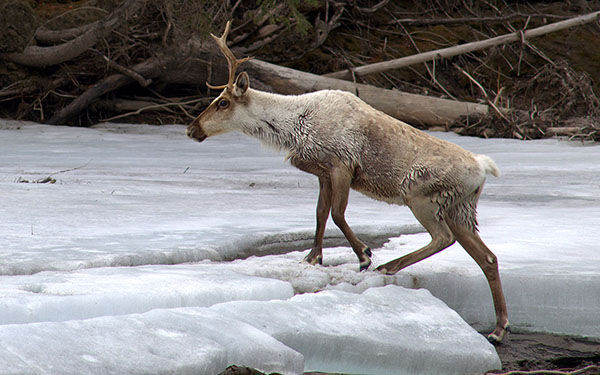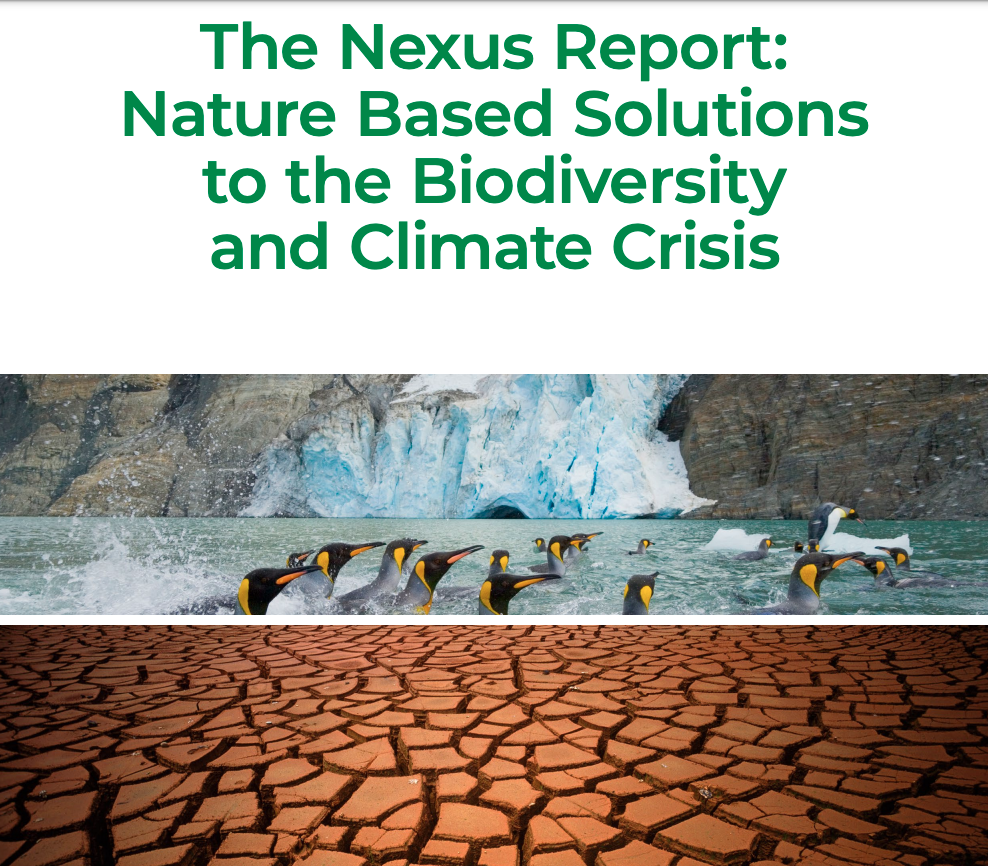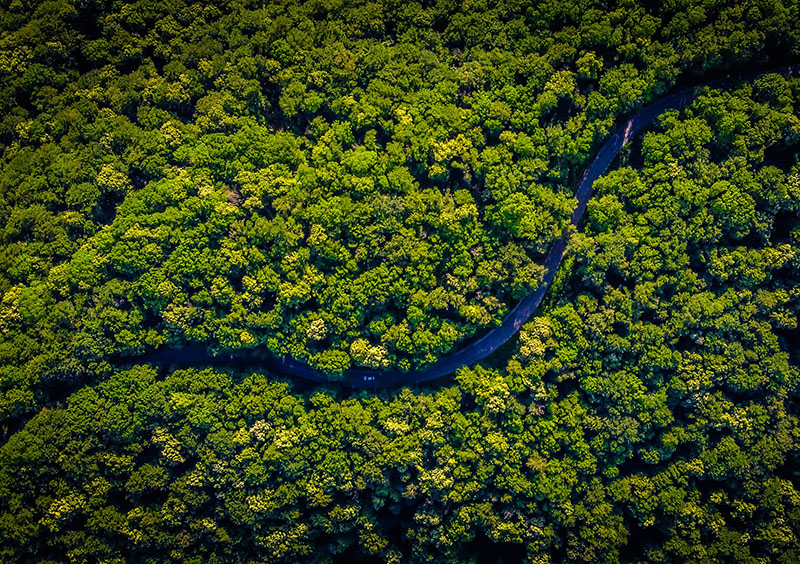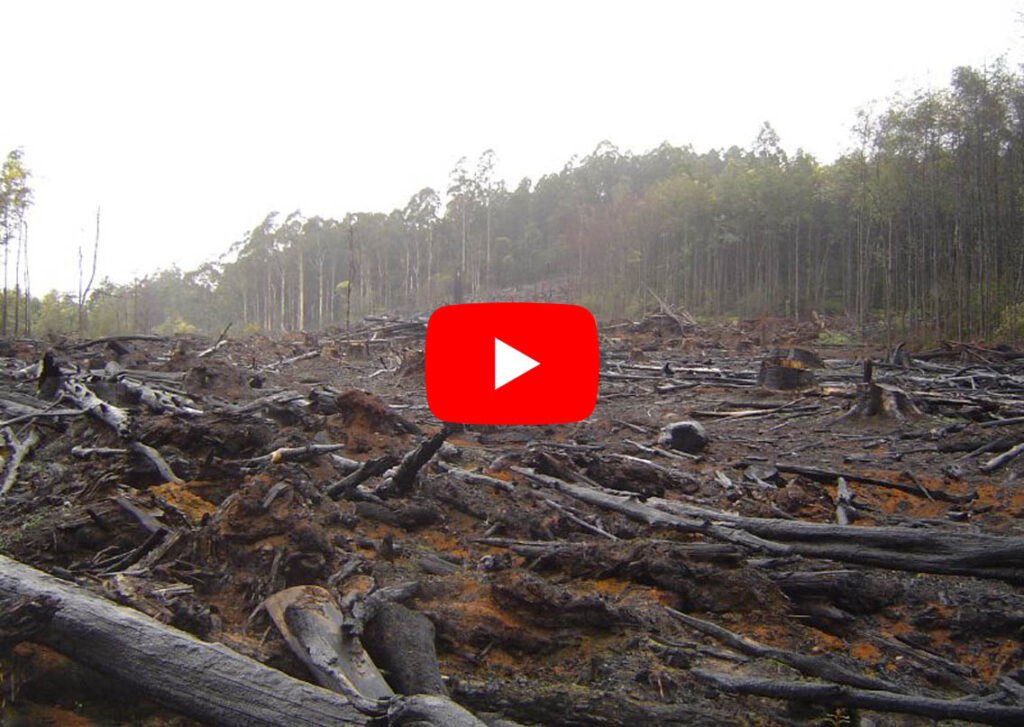Virginia has experience in business and the public sectors and a strong history in nature conservation. As Chair of Gondwana Link Ltd, in the south of Western Australia (Australia’s first major connectivity conservation programme) she brings extensive experience in dealing with the challenges of supporting a large scale, multi-stakeholder, initiative to GER.
She is currently Director of the International Forests and Climate Programme for the Australian Rainforest Conservation Society (ARCS) working in the international policy arena on primary forests as part of a global collaborative research programme funded through Griffith University. She is member of the steering committee of an international, science based collaborative initiative called IntAct – focused on increasing global attention on the climate and biodiversity imperative to protect what’s left of Earth’s primary forests.
She was the National Forest Campaign Co-ordinator for The Wilderness Society for many years and developed a national and international campaign focus for TWS on the role of forests in mitigating climate change. During her time at The Wilderness Society she also helped pioneer a continental-scale approach to nature conservation known as WildCountry, securing major grant funding and the support of leading scientists to build the scientific and collaborative basis for the work.
A past president of the Australian Committee for IUCN, she continues to support the work of IUCN through involvement in the IUCN Task Force on primary forests and intact forest landscapes. Other voluntary work includes supporting the Mikisew Cree to reduce threats to the Wood Buffalo National Park World Heritage Area, which protects the largest freshwater delta in the world and one of the largest forested national parks in the world. Her recent experience in the private sector was as Managing Director of Forests Alive Pty Ltd, an Australian company that helped landowners develop projects that deliver a financial return from the carbon value associated with protecting natural forests for their climate and biodiversity benefits.

